Home>Home Appliances>Laundry Appliances>What Does F Mean On A Washing Machine
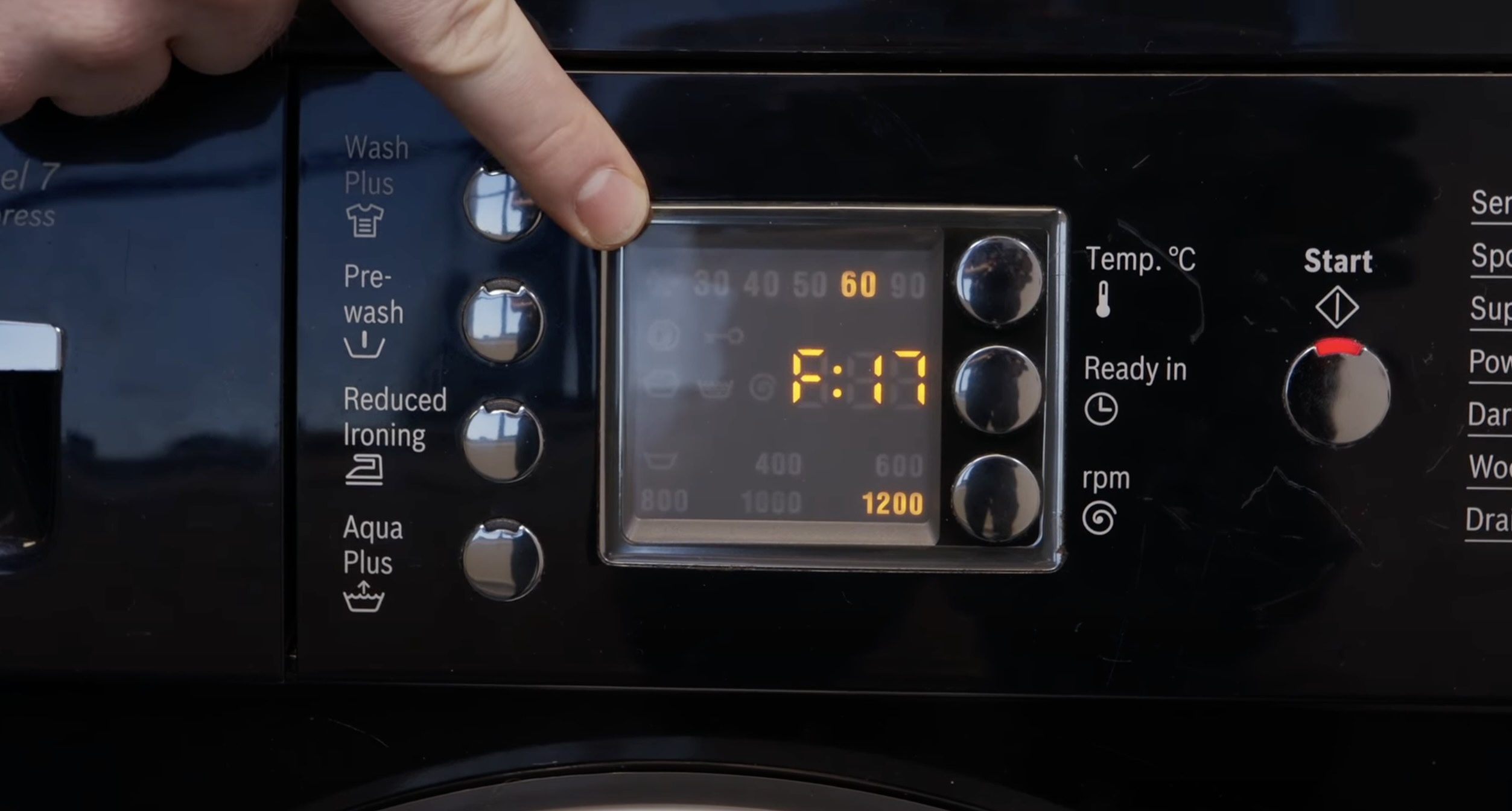

Laundry Appliances
What Does F Mean On A Washing Machine
Published: February 20, 2024
Learn what the "F" code on your laundry appliances means and how to troubleshoot it. Get expert tips for resolving washing machine issues.
(Many of the links in this article redirect to a specific reviewed product. Your purchase of these products through affiliate links helps to generate commission for Storables.com, at no extra cost. Learn more)
Understanding the F Code on Your Washing Machine
If you've ever glanced at your washing machine's display and noticed the enigmatic "F" code flashing at you, you're not alone. Many modern washing machines are equipped with error codes to alert users to potential issues. The "F" code is one of the most common error codes you might encounter, and understanding its implications can help you address the problem effectively.
The "F" code on your washing machine typically indicates a fault in one of its systems. This code can vary depending on the brand and model of your appliance, so it's essential to consult your user manual for specific information. In general, the "F" code is a signal that something isn't functioning as it should within the machine.
When you see the "F" code, it's crucial to take a moment to assess the situation. Is the machine making unusual noises? Is it failing to complete a cycle? By observing the machine's behavior, you can gather valuable information to share with a professional if needed.
In some cases, the "F" code might be accompanied by a number, such as "F02" or "F09." These alphanumeric combinations provide further insight into the nature of the issue. Again, consulting your user manual or conducting a quick online search using the specific code can yield helpful details about the problem at hand.
Understanding the "F" code on your washing machine empowers you to make informed decisions about the next steps. Whether you choose to troubleshoot the issue yourself or seek professional assistance, having a basic understanding of the error code can streamline the resolution process.
By familiarizing yourself with the meaning of the "F" code and its potential variations, you can approach the situation with confidence and clarity. This knowledge equips you to communicate effectively with technicians, ask relevant questions, and ensure that any necessary repairs are carried out efficiently.
In the next sections, we'll delve into common reasons for the "F" code, troubleshooting techniques, and when it's advisable to enlist the expertise of a professional. Armed with this comprehensive understanding, you'll be better prepared to address the "F" code on your washing machine and restore its optimal functionality.
Key Takeaways:
- The “F” code on your washing machine signals potential issues with water supply, drainage, electrical faults, and more. Understanding it empowers you to troubleshoot or seek professional help effectively.
- If the “F” code persists or safety concerns arise, it’s time to call a professional. Unusual noises, warranty considerations, and complex repairs also warrant expert intervention for optimal washing machine functionality.
Read more: What Does F5 Mean On A Washing Machine
Common Reasons for the F Code
The appearance of the "F" code on your washing machine can stem from various underlying issues. Understanding these common reasons can provide valuable insights into the potential sources of the error, allowing you to take appropriate action to resolve the issue.
-
Water Supply Problems: One prevalent cause of the "F" code is related to water supply issues. This can include insufficient water pressure, kinked hoses, or clogged filters. When the washing machine fails to receive an adequate water supply, it may trigger the "F" code to indicate the problem.
-
Drainage Obstructions: If the drainage system is obstructed or the drain pump is malfunctioning, the washing machine may struggle to expel water effectively. This can lead to the generation of the "F" code as a warning sign of the impaired drainage process.
-
Door Locking Mechanism: Modern washing machines are equipped with safety features, including door locking mechanisms to prevent accidents during operation. If the door lock fails to engage or encounters an issue, the machine may register an "F" code to alert users to the potential safety risk.
-
Electrical Faults: Electrical malfunctions within the washing machine's components, such as the control board or wiring, can trigger the "F" code. These faults may disrupt the normal operation of the machine, prompting the display of the error code.
-
Sensor Anomalies: Washing machines utilize various sensors to monitor factors such as water levels, temperature, and load balance. If these sensors detect irregularities or discrepancies, the machine may interpret this as a fault and display the "F" code to indicate the sensor-related issue.
-
Imbalanced Loads: Unevenly distributed or excessively heavy loads can strain the washing machine's internal mechanisms, potentially leading to the generation of the "F" code. This serves as a protective measure to prevent further damage to the appliance.
Understanding these common reasons for the "F" code empowers users to conduct preliminary assessments and identify potential areas of concern. By recognizing these underlying issues, individuals can take proactive measures to address the problem, whether through DIY troubleshooting or by seeking professional assistance.
F on a washing machine usually stands for “fast” or “final” spin cycle. This setting is used to quickly remove excess water from the clothes before they are ready for drying.
Troubleshooting the F Code
When faced with the enigmatic "F" code on your washing machine, it's natural to feel a sense of urgency to resolve the issue promptly. Fortunately, there are several troubleshooting steps you can take to identify and potentially rectify the underlying problem.
-
Check Water Supply: Begin by ensuring that the water supply to the washing machine is adequate. Verify that the inlet hoses are not kinked or twisted, and inspect the filters for any blockages. Additionally, confirming that the water pressure meets the manufacturer's recommendations can help rule out water supply-related issues.
-
Inspect Drainage System: A clogged or obstructed drainage system can contribute to the generation of the "F" code. Check the drain hose for any blockages and ensure that it is positioned correctly to facilitate proper water drainage. Clearing any debris or obstructions from the drain pump can also help restore optimal functionality.
-
Examine Door Lock: The door locking mechanism plays a crucial role in ensuring safe operation of the washing machine. If the door fails to lock securely, it can trigger the "F" code. Inspect the door lock for any visible damage or misalignment, and ensure that it engages properly when the door is closed.
-
Address Electrical Issues: Electrical faults within the washing machine can disrupt its normal operation and lead to the display of the "F" code. While addressing electrical components may require technical expertise, visually inspecting the wiring for any signs of damage or loose connections can provide valuable insights.
-
Reset the Machine: In some cases, resetting the washing machine can help clear temporary errors and restore normal operation. Refer to the user manual for instructions on how to perform a reset, as the process can vary depending on the model of the appliance.
-
Balance the Load: Unevenly distributed or excessively heavy loads can strain the washing machine's internal mechanisms, potentially triggering the "F" code. Adjust the load to ensure it is balanced within the drum, and avoid overloading the machine to prevent future occurrences of the error code.
By systematically troubleshooting the "F" code using these steps, you can gain a clearer understanding of the potential issue affecting your washing machine. While some issues can be resolved through DIY troubleshooting, it's important to exercise caution and seek professional assistance if the problem persists or if you are uncertain about performing more advanced troubleshooting tasks.
Taking a proactive approach to troubleshooting the "F" code can help you identify and address the underlying issue effectively, potentially saving time and resources while restoring your washing machine to optimal functionality.
When to Call a Professional
While DIY troubleshooting can be effective in addressing certain issues related to the "F" code on your washing machine, there are scenarios in which seeking the expertise of a professional appliance technician is not only advisable but essential. Recognizing the signs that warrant professional intervention can prevent potential risks and ensure that the underlying problem is addressed comprehensively.
Here are some indicators that it may be time to call a professional:
-
Persistent Error Code: If the "F" code continues to appear despite your attempts to troubleshoot and resolve the issue, it may signify a more complex underlying problem. A professional technician can conduct a thorough assessment of the washing machine's systems to pinpoint the root cause of the error and implement the necessary repairs.
-
Electrical or Technical Faults: Issues related to the control board, wiring, or other electrical components within the washing machine require specialized knowledge and expertise to diagnose and rectify. Attempting to address these complex technical faults without the requisite skills can pose safety hazards and further damage the appliance.
-
Unusual Noises or Odors: Unusual sounds, such as grinding, scraping, or banging, emanating from the washing machine, or the presence of unusual odors during operation can indicate mechanical or internal component issues. A professional technician can conduct a detailed inspection to identify the source of these anomalies and perform the appropriate repairs.
-
Warranty Considerations: If your washing machine is still under warranty, engaging a professional technician authorized by the manufacturer is often a prerequisite to maintain the warranty coverage. These technicians possess the necessary training and access to genuine parts, ensuring that the repairs align with the manufacturer's specifications.
-
Safety Concerns: Any situation that raises safety concerns, such as persistent water leakage, electrical malfunctions, or door locking mechanism failures, warrants immediate professional attention. Ignoring these safety-related issues can compromise the well-being of both the appliance and its users.
-
Complex Repairs and Replacements: In cases where the troubleshooting process reveals the need for complex repairs or component replacements, entrusting the task to a qualified technician is advisable. Professional technicians have the expertise and resources to execute intricate repairs and source genuine replacement parts, ensuring the long-term reliability of the washing machine.
By recognizing these indications and promptly engaging the services of a professional technician when necessary, you can safeguard the well-being of your washing machine and benefit from timely, accurate repairs. Professional intervention not only addresses the immediate issue but also contributes to the overall longevity and optimal performance of your appliance.
Frequently Asked Questions about What Does F Mean On A Washing Machine
Was this page helpful?
At Storables.com, we guarantee accurate and reliable information. Our content, validated by Expert Board Contributors, is crafted following stringent Editorial Policies. We're committed to providing you with well-researched, expert-backed insights for all your informational needs.
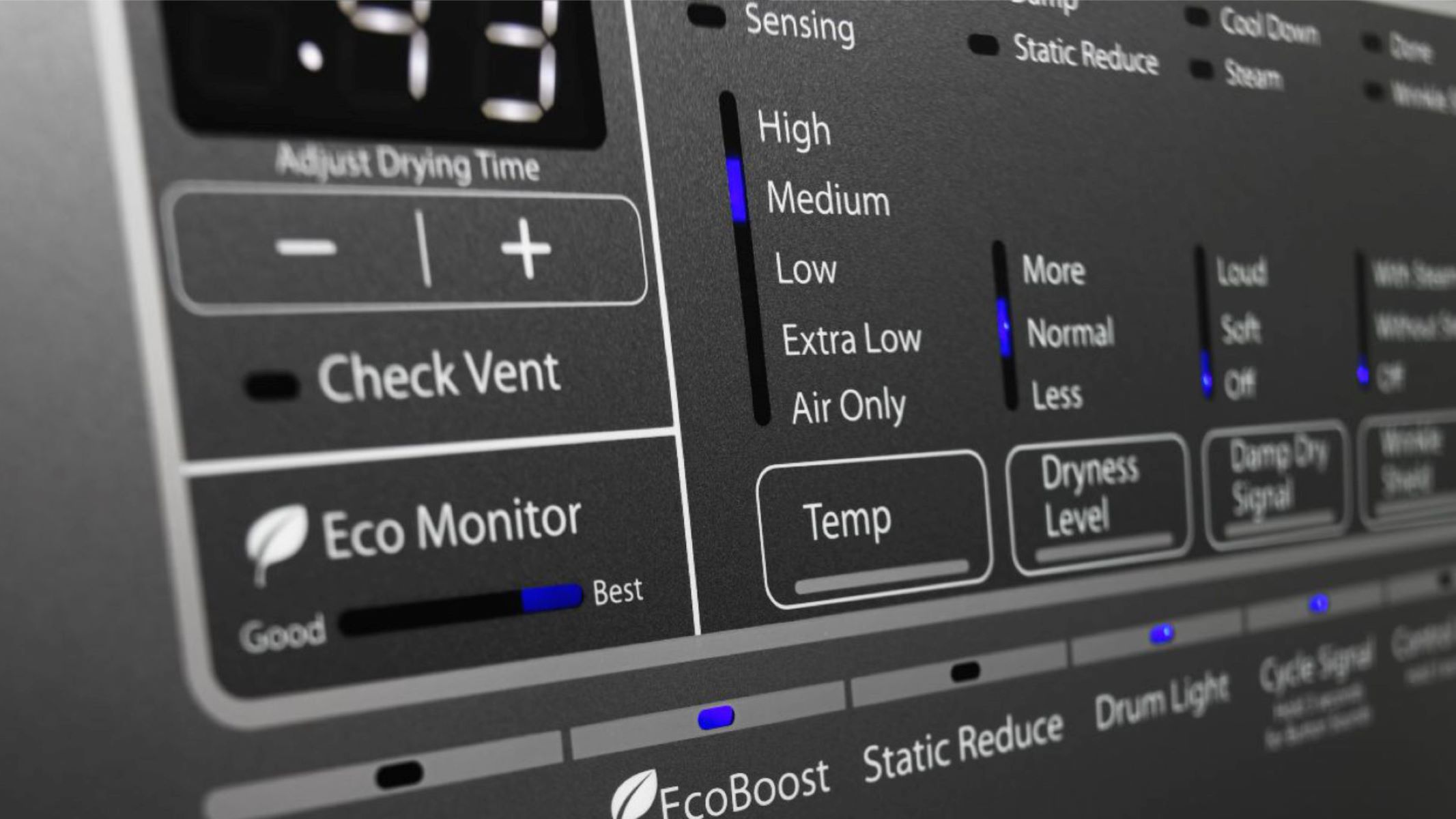
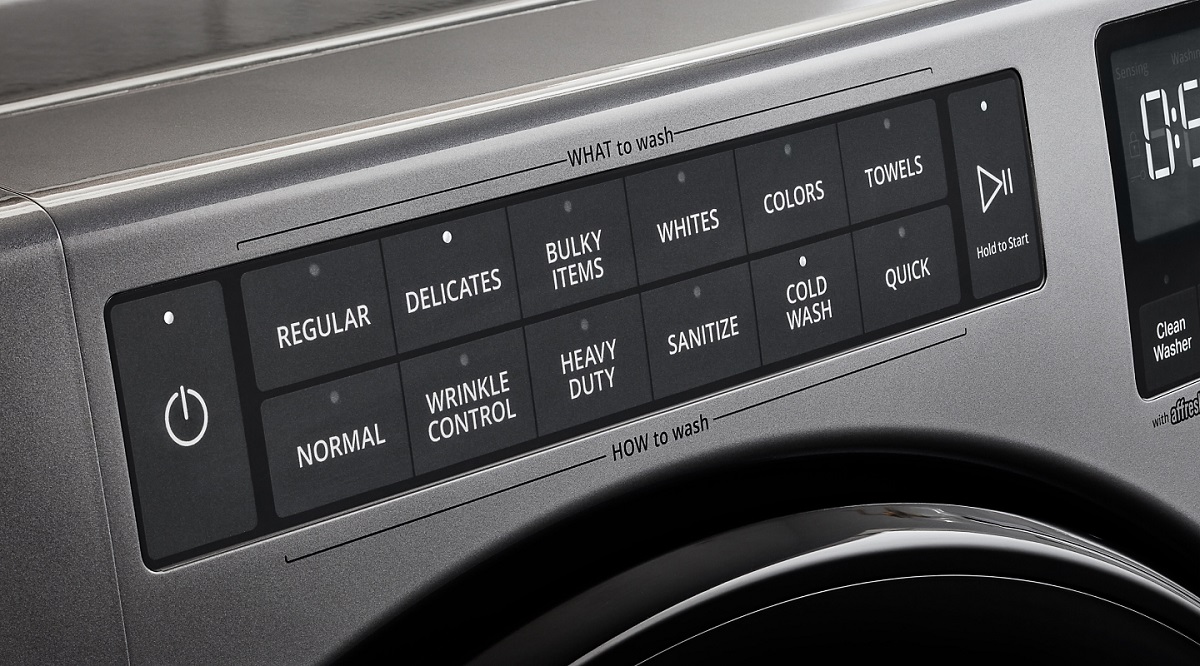
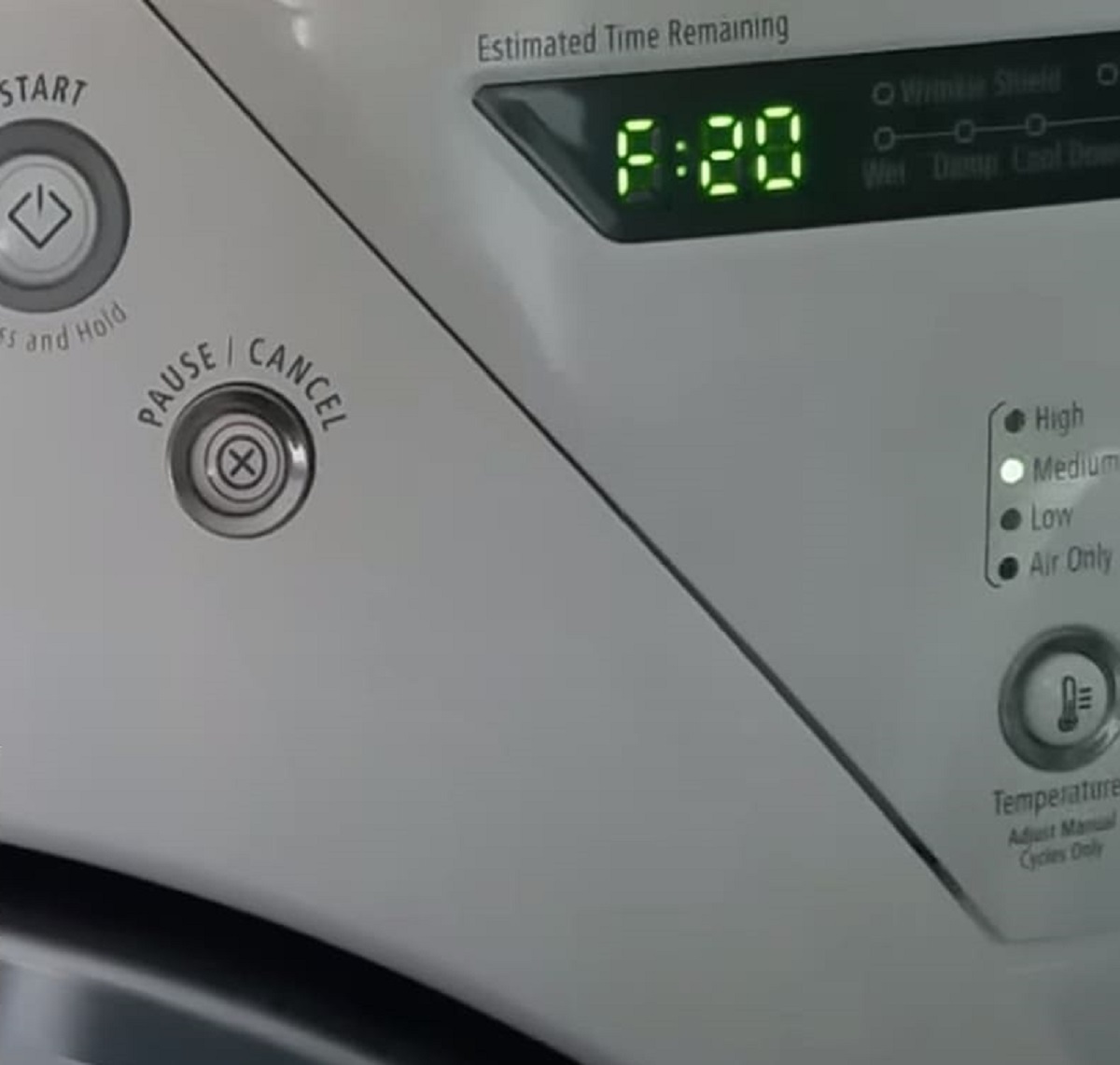
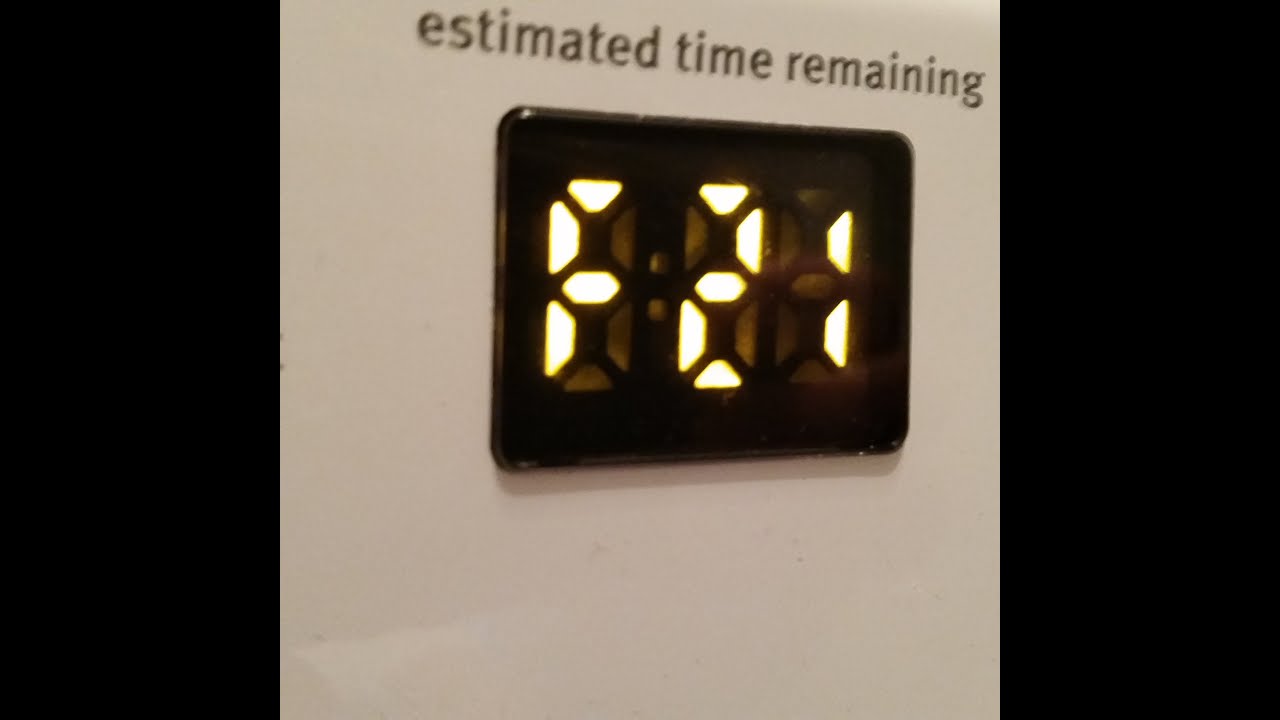
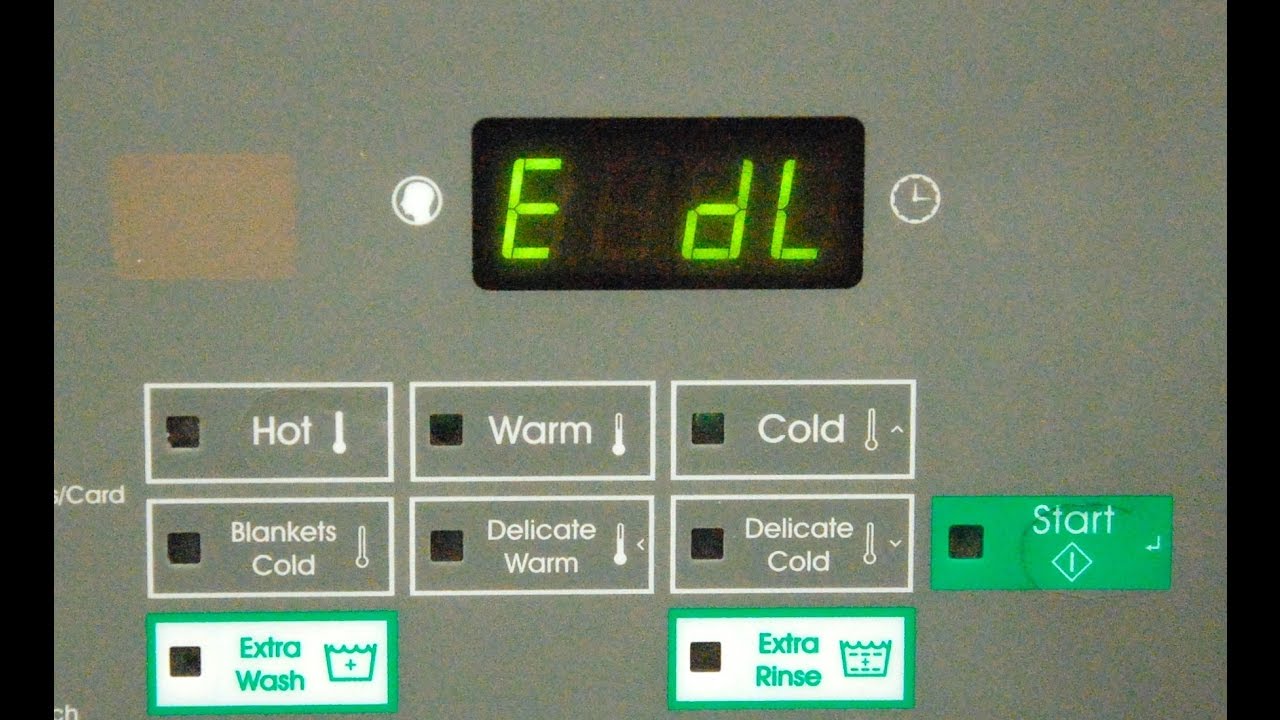
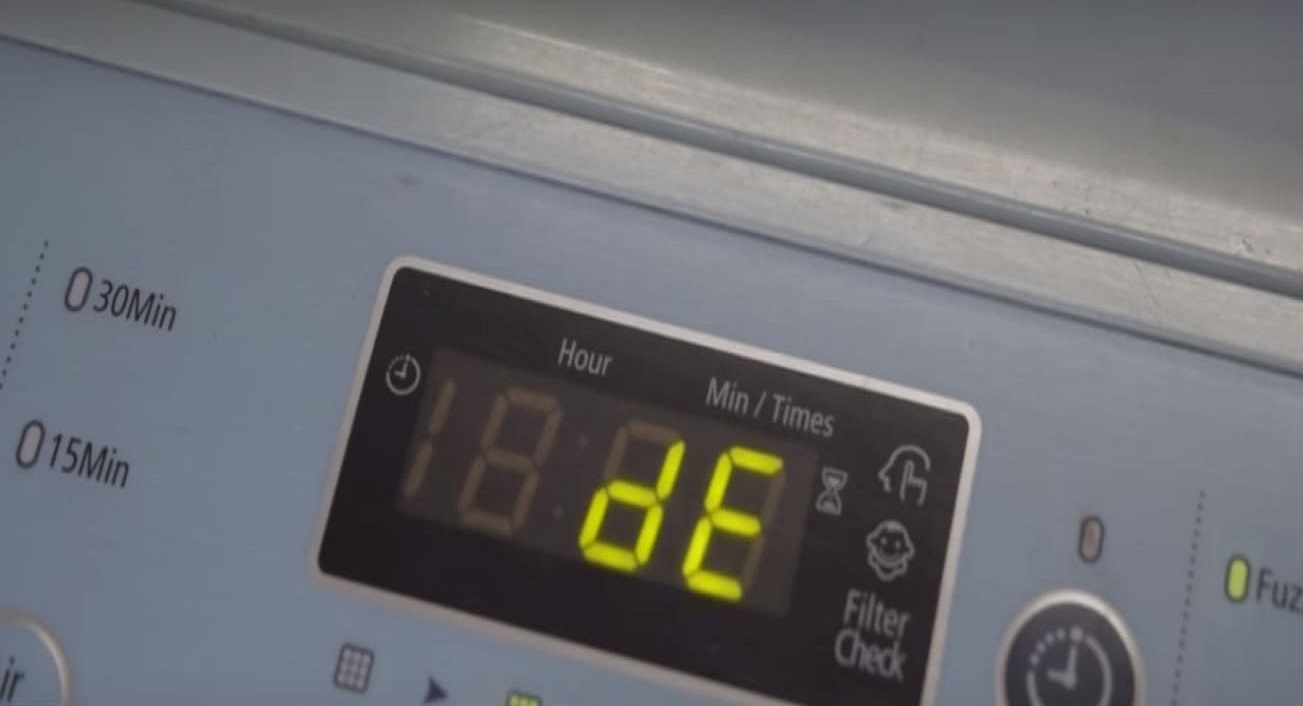
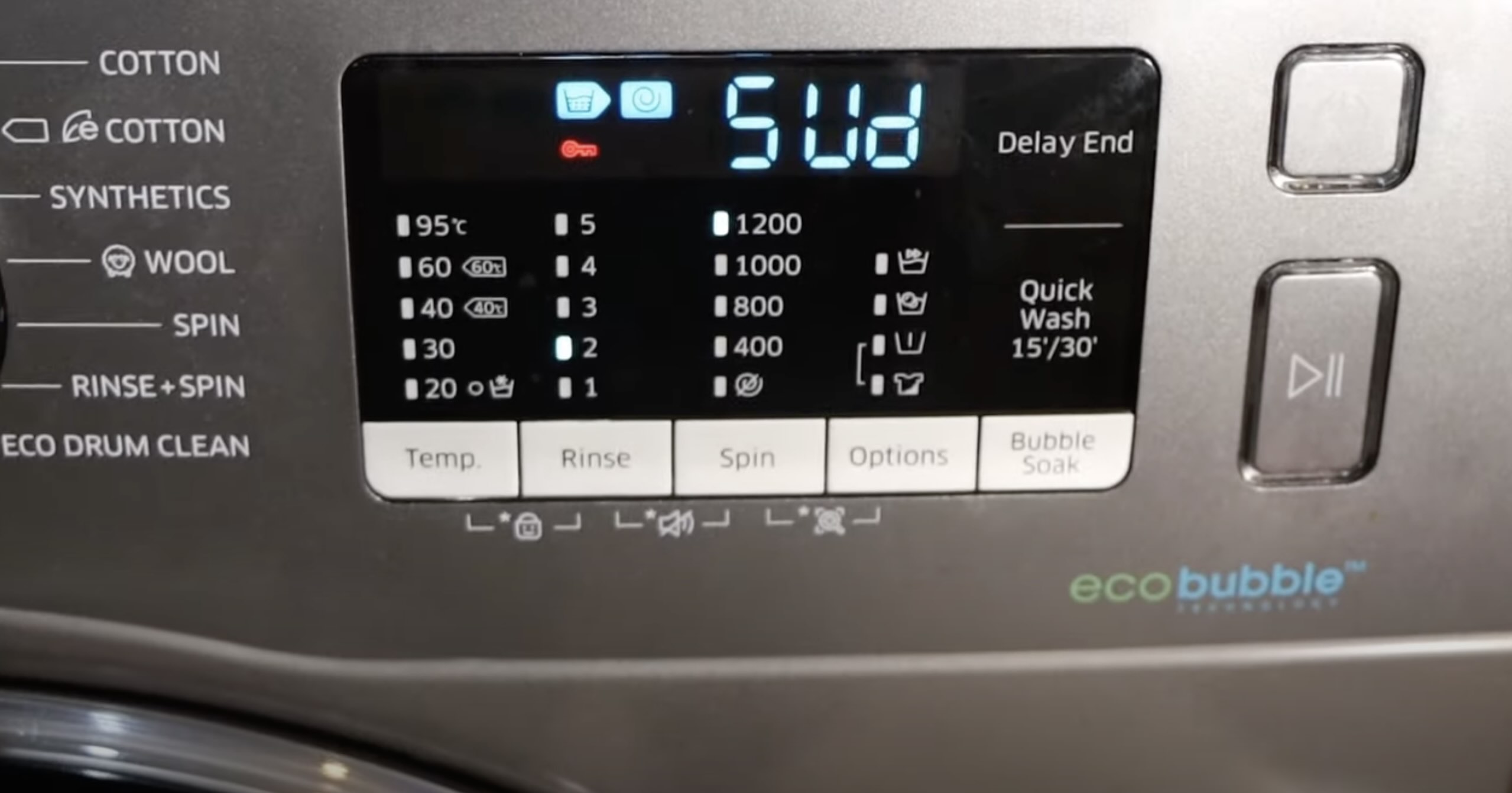
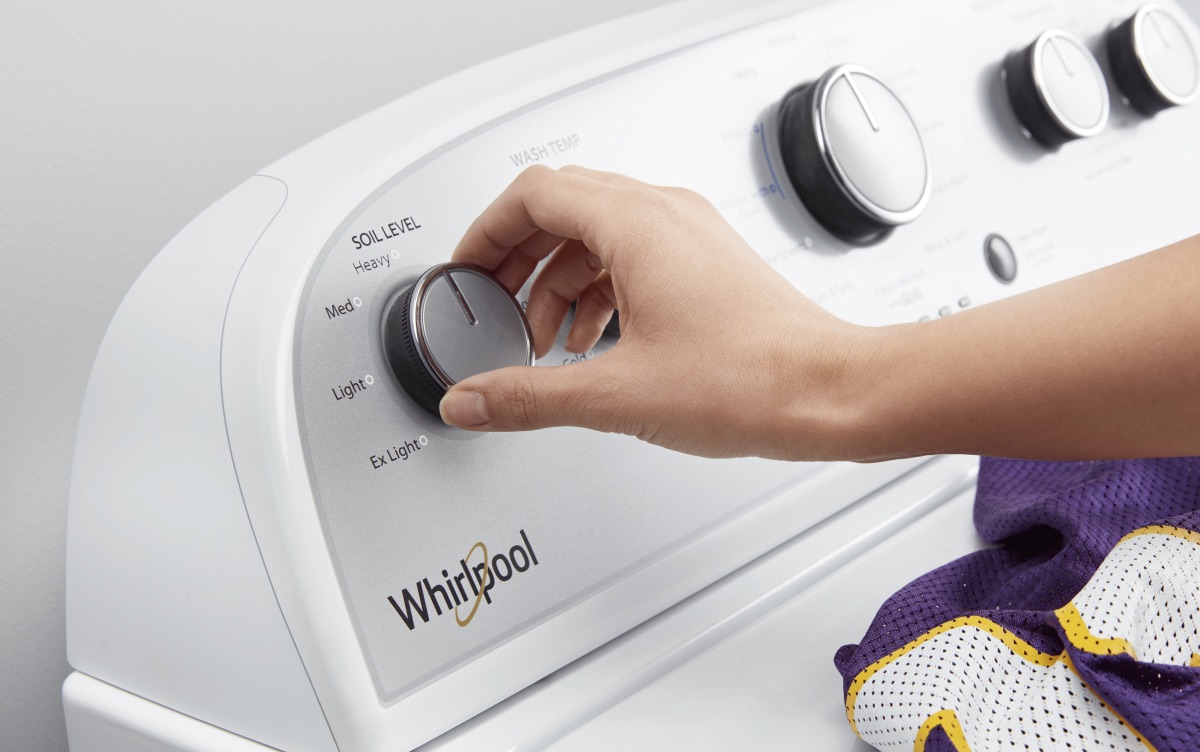
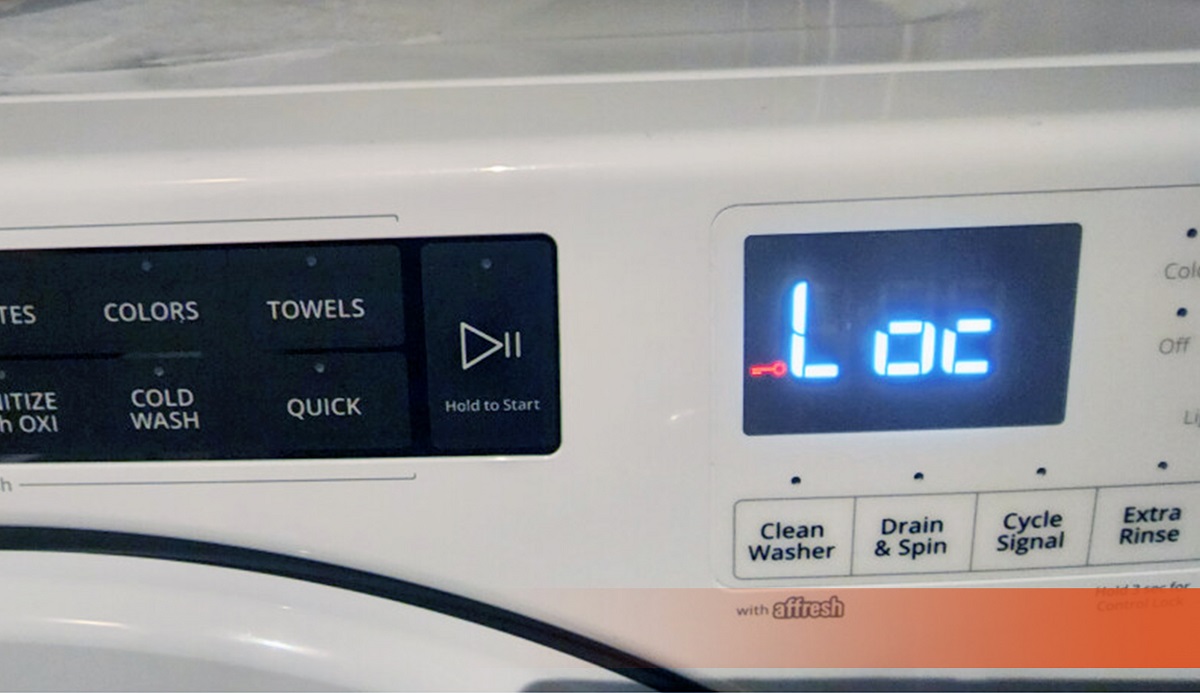

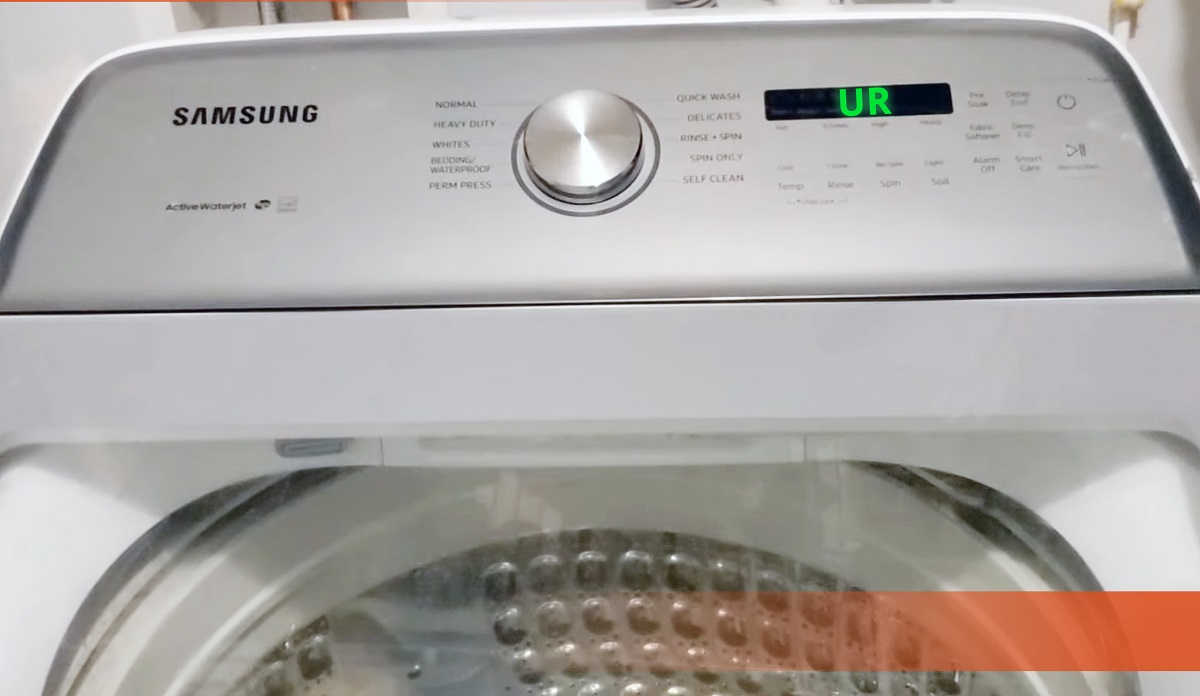
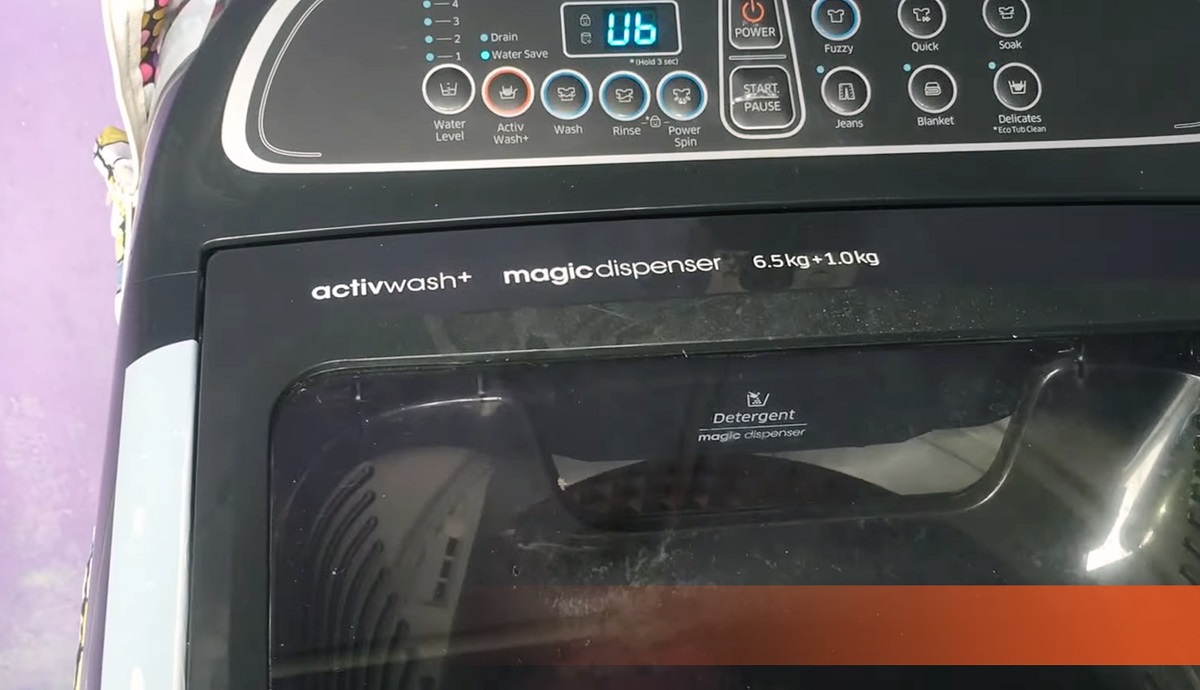
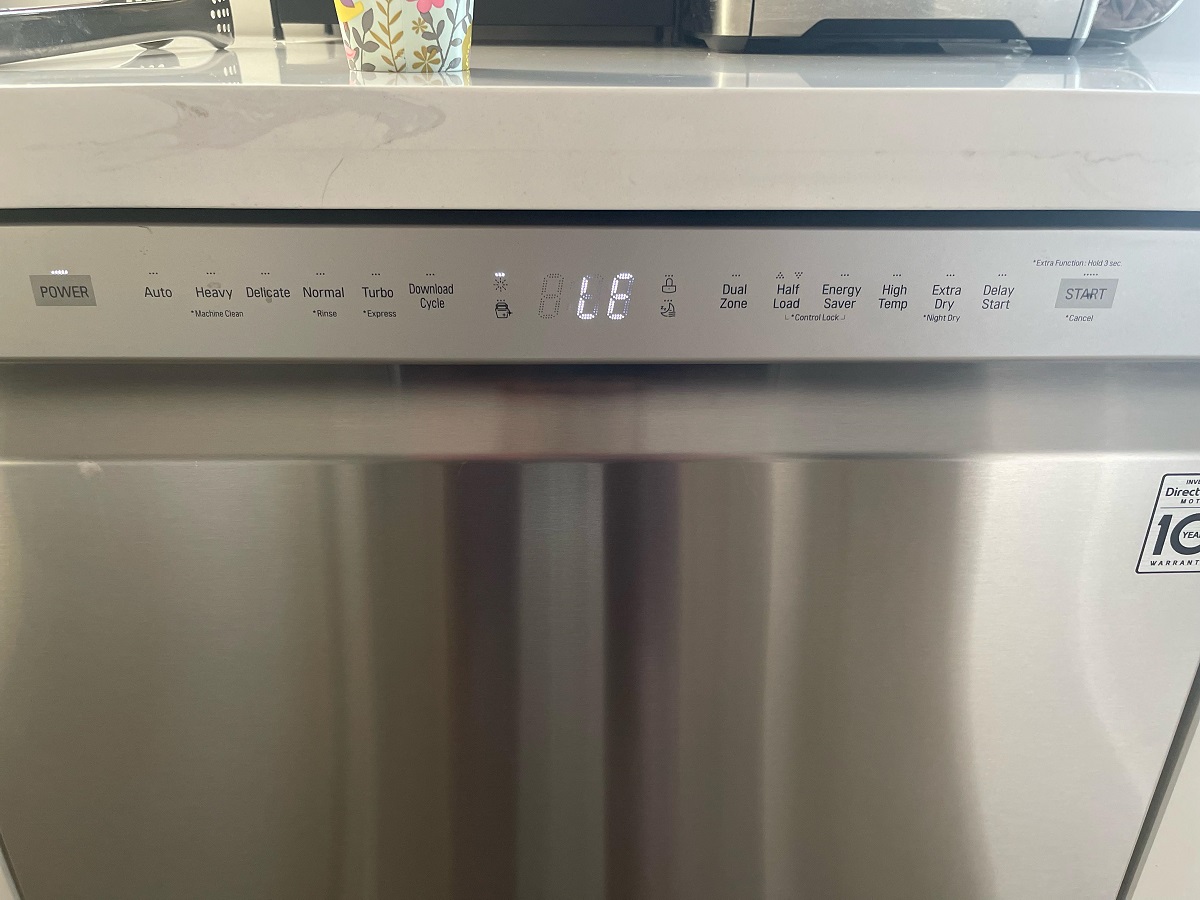
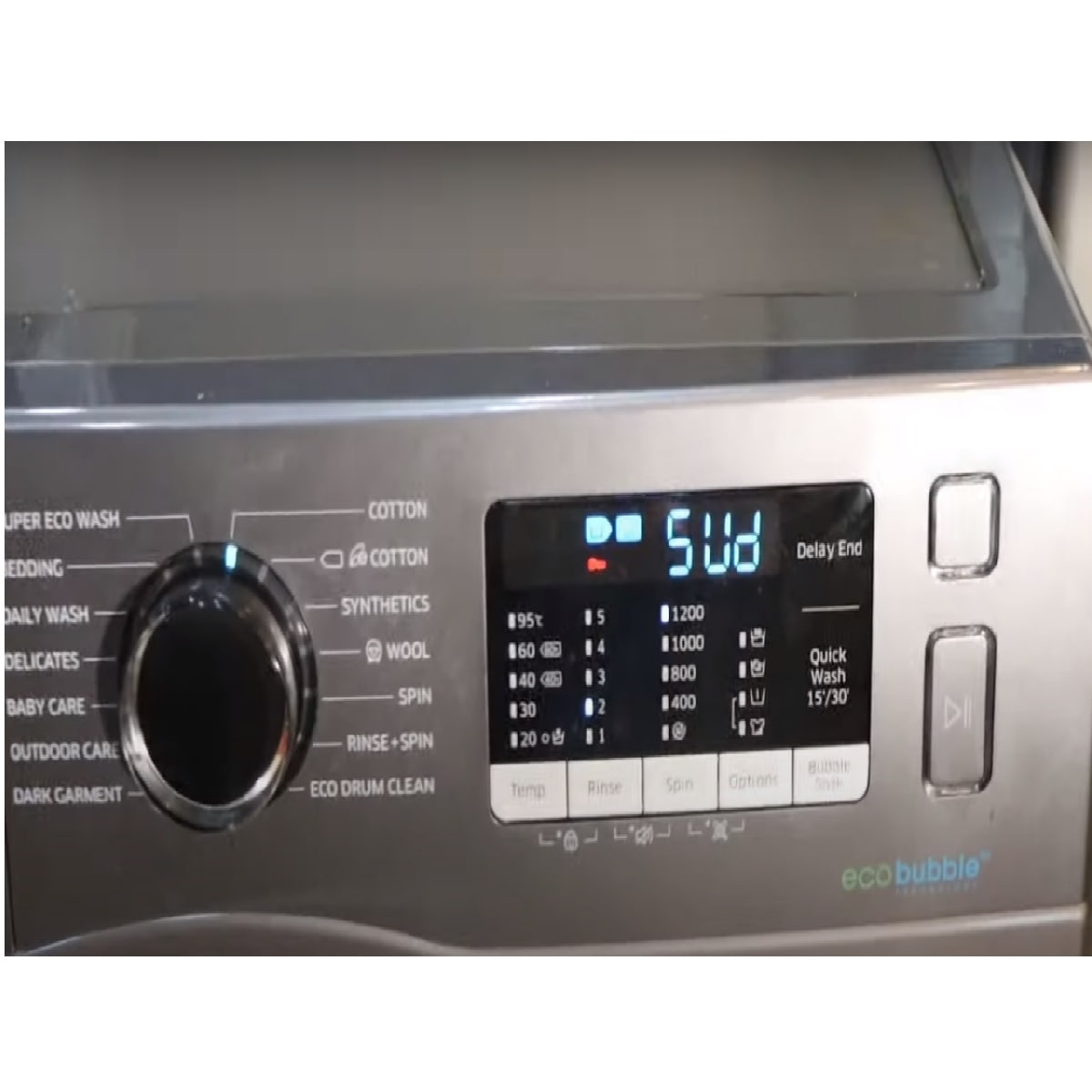


0 thoughts on “What Does F Mean On A Washing Machine”